I start this essay on 17th December, exactly 40 years to the day since the first (and only) São Paulo Latin American Art Biennial came to an end. It did so on a wave of criticism, but the intention was to repeat the exercise in 1980. It was the final idea of Francisco Matarazzo Sobrinho, founder of the São Paulo Art Biennial and the São Paulo Modern Art Museum (MASP), in an attempt to revive his most ambitious venture, before his death in 1977. After an international boycott and neglect of important Brazilian artists lasting nearly a decade and spanning the most intense period of Brazil’s civilian-military dictatorship, the event sought new ways to regain relevance and reinvent itself. After 1976, national biennials were held on even years and the international biennial on odd ones, but from the start of the 1970s the Brazilian art world nurtured a desire to establish closer ties with the rest of South America. In 1951, the Biennial was born with its eyes fixed firmly on the major hegemonic centres and aimed at bringing local tastes up to date with modern and international art styles. But in 1978 the country’s political, social and economic context, and its cultural scene, were very different.
The dictatorships financed throughout Latin America by the USA, the third-world mentality and the African wars of independence brought a new awareness of the successive colonial webs that interlinked the continent’s nations. Despite countless points of convergence in various areas, the region is highly heterogeneous and communications are deeply marked by the colonial languages and histories, which have always contributed to Brazil’s isolation. No policy ever existed to invest in exchange between Latin American countries and the political situation of the period never helped to foster the idea of integration. However, artists and critics sought ways to create closer ties and exchange as a means to combat American imperialism and decolonise the history of local art. The shift in focus of three art critics in the early 1970s, whose essays were known in Portugal via the magazine Colóquio Artes, exemplify this: Aracy Amaral, Frederico Morais and Mário Pedrosa.
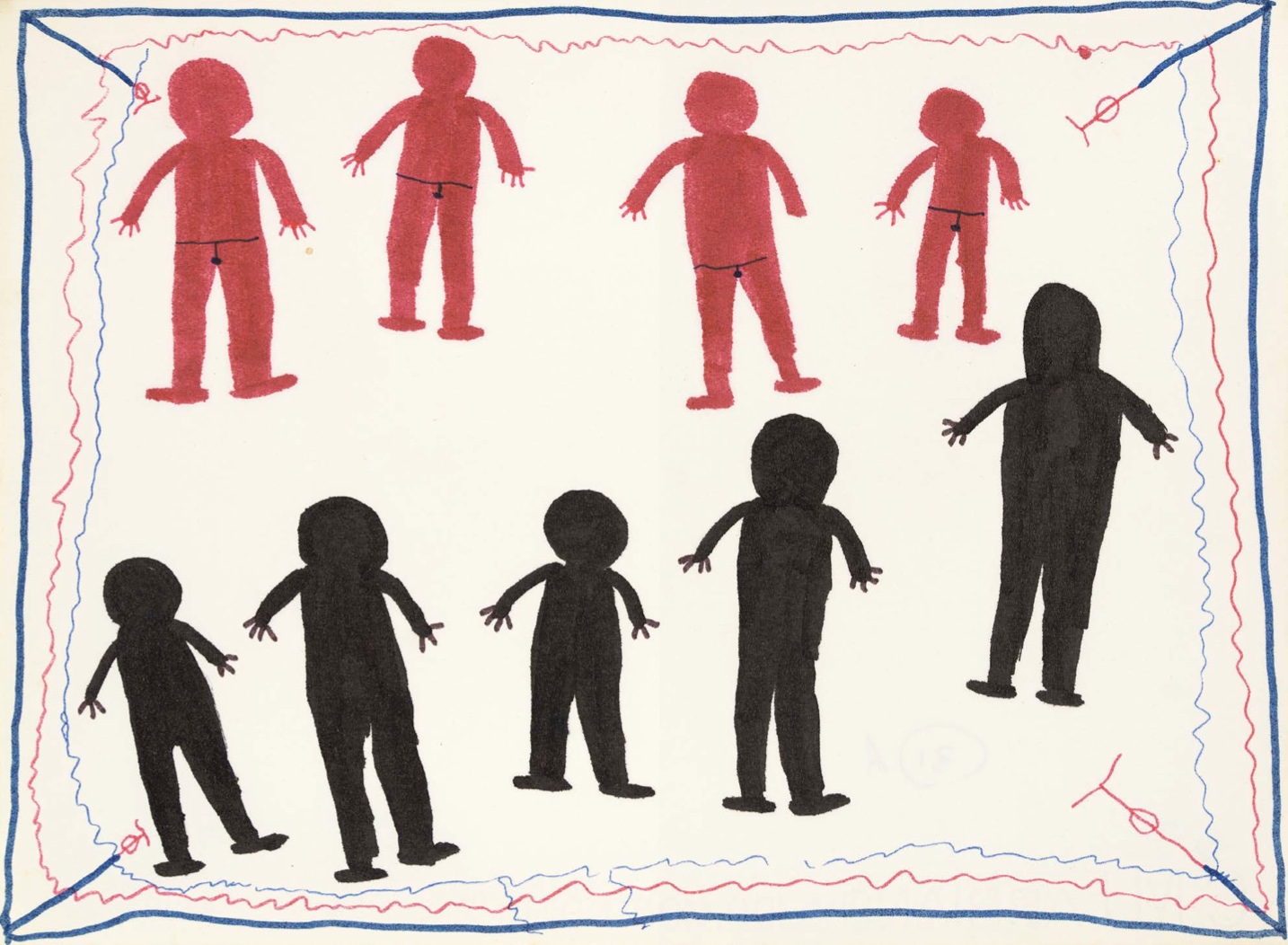
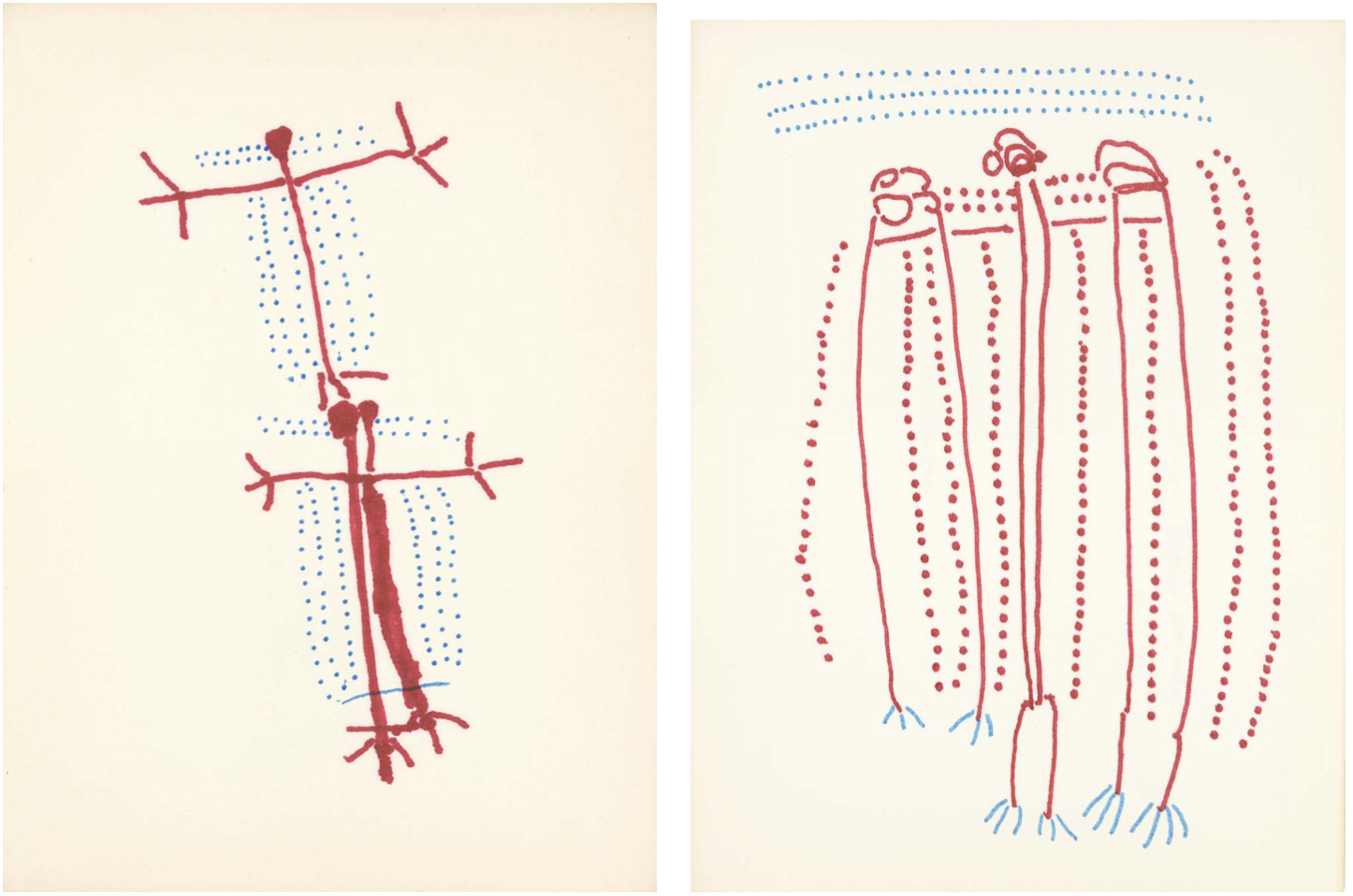
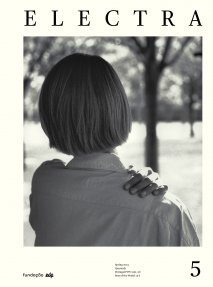


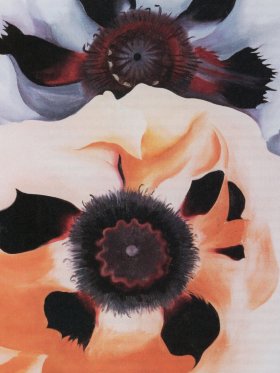
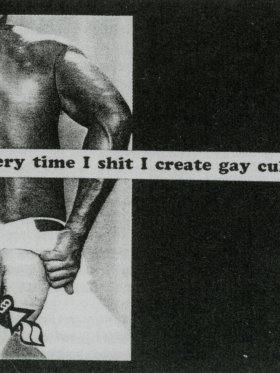
Share article